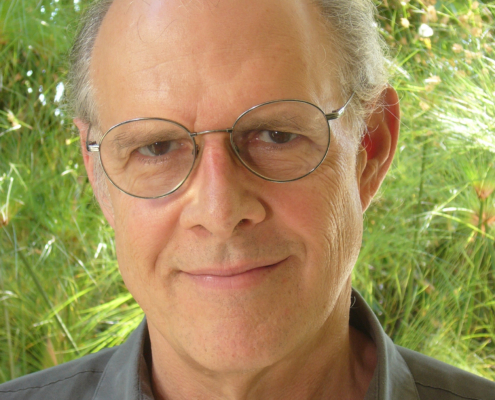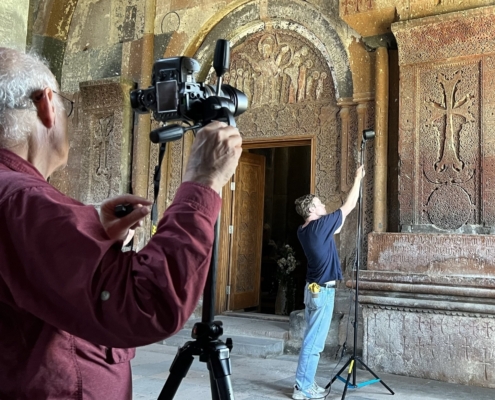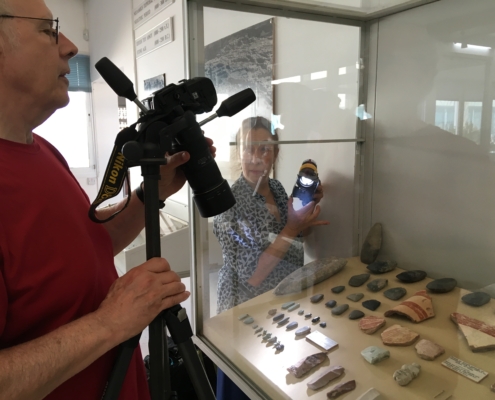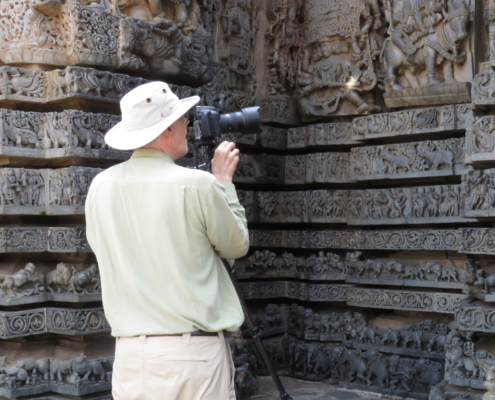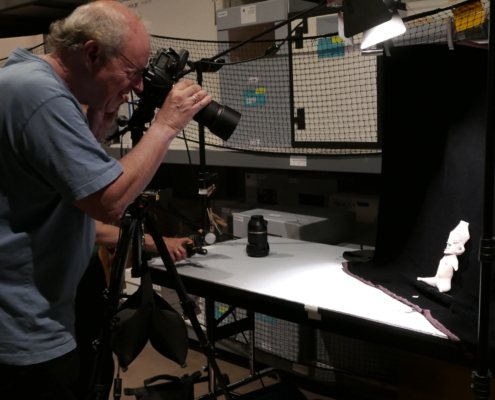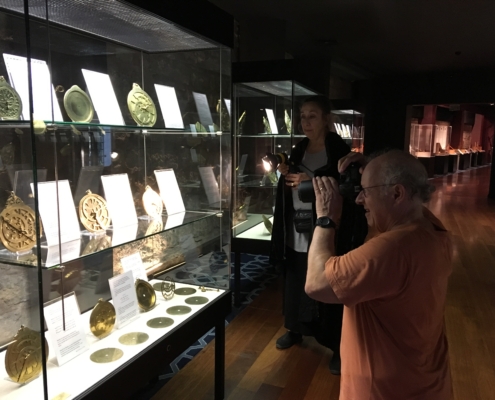I see Transfigurations as the culmination and summation of my life’s work to date. Drawing on my background in philosophy and anthropology, my films over the past five decades have been attempts to get inside the ways of seeing and thinking of specific cultures. Many (including Tanka, Metamorphosis, Proteus, and Breaking the Maya Code) have made use of innovative animation techniques. In Transfigurations, these thematic concerns and animation techniques are central.
I believe ancient artists and their audiences saw their works as living entities. For modern visitors to museums and sites, they have become frozen relics from the past. Through Transfigurations, I am trying to bring them back to life once more. The animations use digital means to map inherent relationships between artworks and to make these relationships visually apparent. The focus is on highly codified motifs – culturally central enough to be repeated hundreds or thousands of times – and on the ways in which artists work within these constraints to produce liveliness and variety. Transfigurations animations allow the viewer, in a completely non-verbal way, to quickly grasp the essentials of each motif, to see which features are invariant, which evolve over time, and which variations might result from the creativity of the artist. Entering the darkened galleries of the exhibition will be to enter a garden of forking paths, a Night at the Museum in which objects of the past seem to breathe or dance, in an immersive weaving of pattern and meaning.
Transfigurations is like a documentary whose images, stories, ideas and emotions are deployed in space as well as in time. The exhibition brings together artifacts and architectural details in ways that no exhibit of tangible objects ever could. It is a highly portable Imaginary Museum, capable of being displayed not only in museums but in community spaces and temporary structures far from Western capitals. My hope is that Transfigurations will travel to many of the objects’ source countries, as a contribution in a fractured age to our understanding of our shared past. In a world where migration, resource competition and orchestrated xenophobia have created increasing fear of the “Other”, Transfigurations asserts our commonality on the most joyous level of imagination and art-making, and celebrates richly different flavors in which that commonality has been expressed.
David Lebrun

